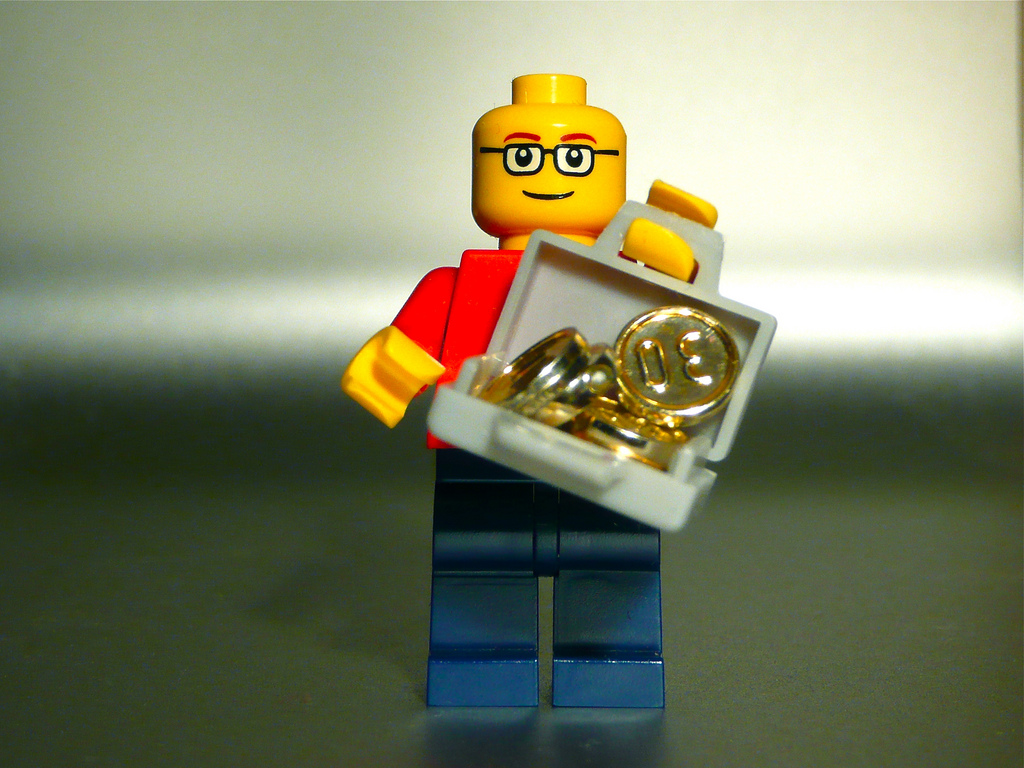I’ve been having multiple meetings with startup founders and I discovered that they are taking too much Investment Money – only to have me tell them DON’T TAKE TOO MUCH. (At this point I will normally get the “I think Fareez has lost his marbles” look)
What I’m about to tell you is probably not covered as part of your incubator or accelerator program, so bear with me and read until the end (or not – at your own risk).
Dilution is all in the valuation
Consider the following Scenario:
There are 3 founders with RM30k paid up capital (equally shared), so your pre-investment cap table will look like this:
Capitalisation Pre-Investment
| Shareholder | Types of Shares | Units | Percentage |
| Founder 1 | Ordinary Shares | 10,000 | 33.33% |
| Founder 2 | Ordinary Shares | 10,000 | 33.33% |
| Founder 3 | Ordinary Shares | 10,000 | 33.33% |
| Total | – | 30,000 | 100.00% |
Assuming that Investor A is offering –
- RM250k investment money at RM1million Pre-Money Valuation; or
- RM250k investment money for 20% ownership – which effectively means RM1million Pre-Money Valuation
Capitalisation Post-Investor A
| Shareholder | Types of Shares | Units | Percentage |
| Founder 1 | Ordinary Shares | 10,000 | 26.66% |
| Founder 2 | Ordinary Shares | 10,000 | 26.66% |
| Founder 3 | Ordinary Shares | 10,000 | 26.66% |
| Investor A | Preference Shares | 7,508 | 20.02% |
| Total | – | 37,508 | 100.00% |
Illustration 1
From the Illustration 1 above you can see that the Founders gave away their 20% ownership in the business for RM250k at a valuation of RM1million and each Founder is diluted from 33.33% to 26.66%– which some Founder may justify (or try to comfort themselves) by saying its free money and given that they are at idea stage they should be grateful that investor is willing to give them any investment money at all.
At this juncture you must be wondering what is the problem?
The problem is this – Founders may not actually need RM250k to operate their startup for 1 year. In fact most Founders when asked about how much they actually need to operate for 1 year or more, they will inform me that they need far less compared to what the Investor is offering. But they eventually take it anyway because (1) Free money- lah kawan!!! (2) not seeing the full implication in the future.
Why should Founder consider taking less money?
Consider the following scenario – after doing the calculation (burn rate, development cost, other relevant cost and emergency money) you conclude that you actually only need RM100k to operate for the whole year or more and request the same from Investor A–
- RM100k investment money at RM1million Pre-Money Valuation
| Capitalisation Post-Investor A | |||
| Shareholder | Types of Shares | Units | Percentage |
| Founder 1 | Ordinary Shares | 10,000 | 30.30% |
| Founder 2 | Ordinary Shares | 10,000 | 30.30% |
| Founder 3 | Ordinary Shares | 10,000 | 30.30% |
| Investor A | Preference Shares | 3,003 | 9.10% |
| Total | – | 33,003 | 100.00% |
Illustration 2 (a)
What founder needs to keep in mind is that apart from keeping the business afloat, Investment money is actually meant to help you scale up your business and create more value for the Startup.
Assuming that with the RM100k Investment Money, which lets you operate for another 1 year or more, you were able to scale up the Startup and you are able to justify perhaps RM2.5million valuation and Investor B agrees (I am being painfully modest here)
This is how your next round of investment will look like (assuming Investor B is investing RM150k at RM2.5million valuation):
| Capitalisation Post-Investor B | |||
| Shareholder | Types of Shares | Units | Percentage |
| Founder 1 | Ordinary Shares | 10,000 | 28.59% |
| Founder 2 | Ordinary Shares | 10,000 | 28.59% |
| Founder 3 | Ordinary Shares | 10,000 | 28.59% |
| Investor A | Preference Shares | 3,003 | 8.58% |
| Investor B | Preference Shares | 1,980 | 5.66% |
| Total | – | 34,983 | 100.00% |
Illustration 2(b)
TADAAAA!!! From the Illustration 2 above you can see that the Founders only gave away 14.24% ownership in the business for RM100k + RM150k = RM250k (fuyooo!!! same amount as Illustration 1) and each Founder is diluted from 33.33% to 28.59% – which does not look a lot now, but it will be a lot when you go for Trade Sale or IPO.
IMPORTANT NOTE: Have a business plan and figure out how much money you actually need – don’t ask or take money that you don’t need!
WARNING: Please seek independent professional advise before utilizing the above method because each startup may have different dynamics and some startup may need more money at early stage due to high development cost.
